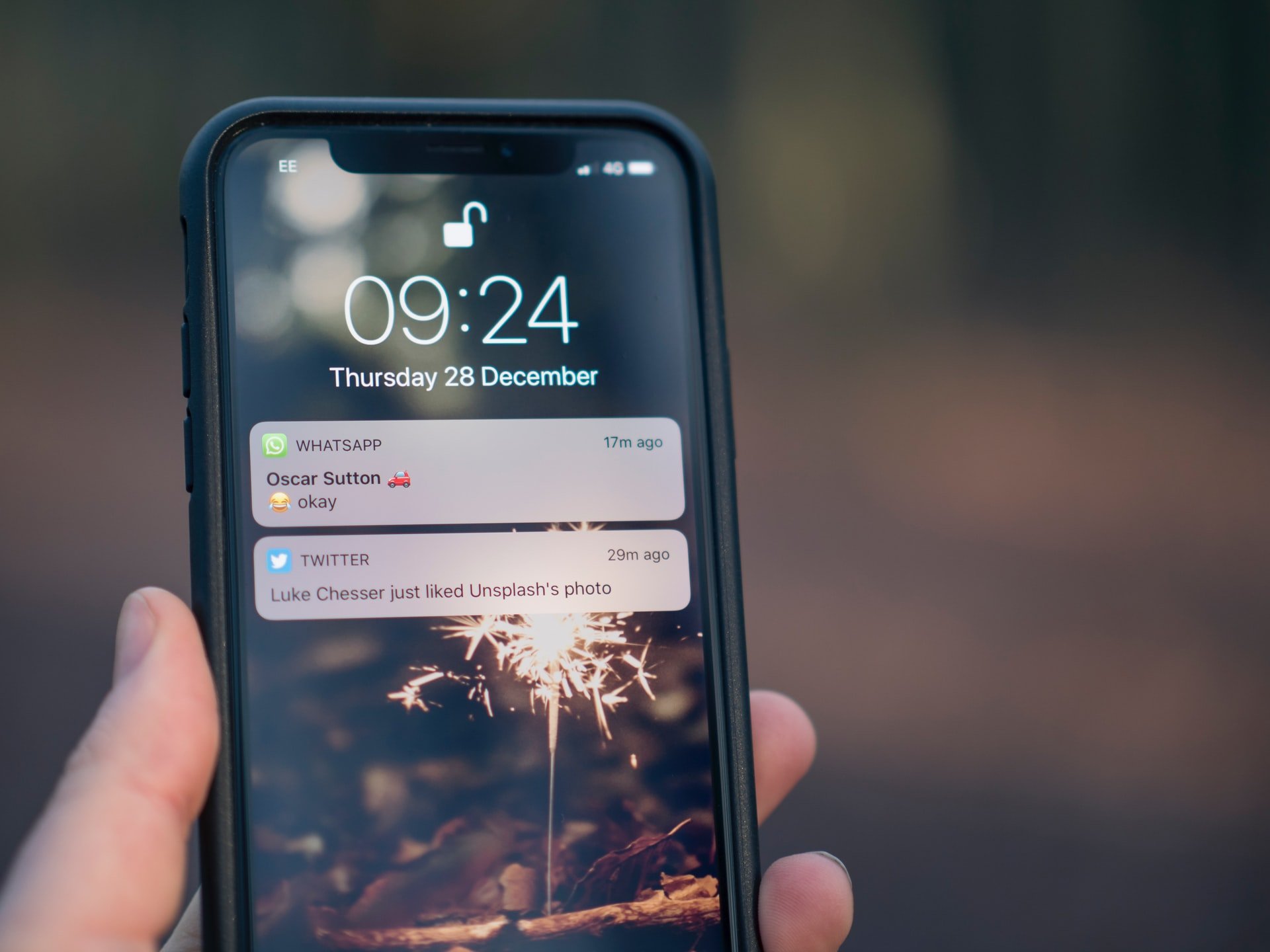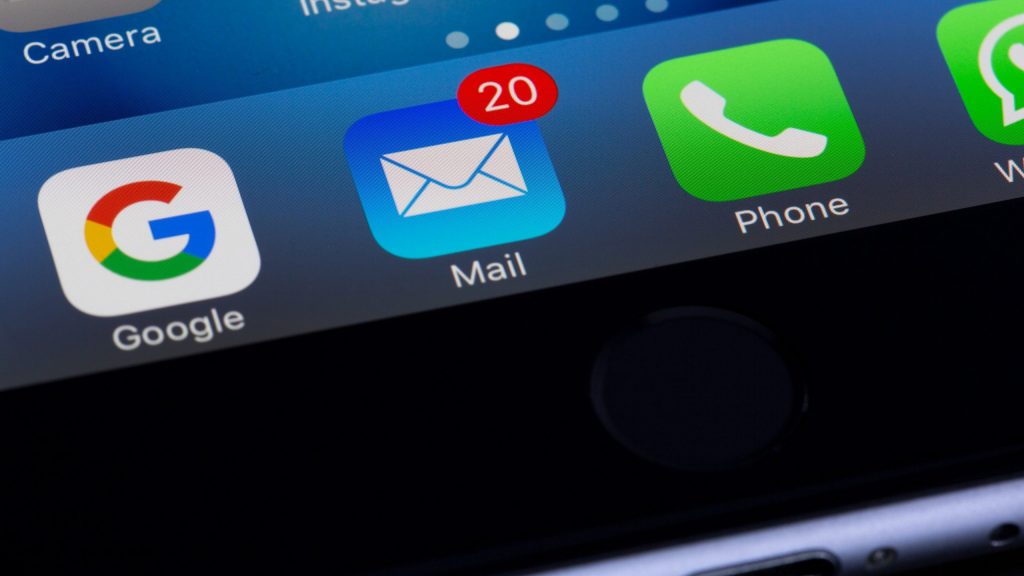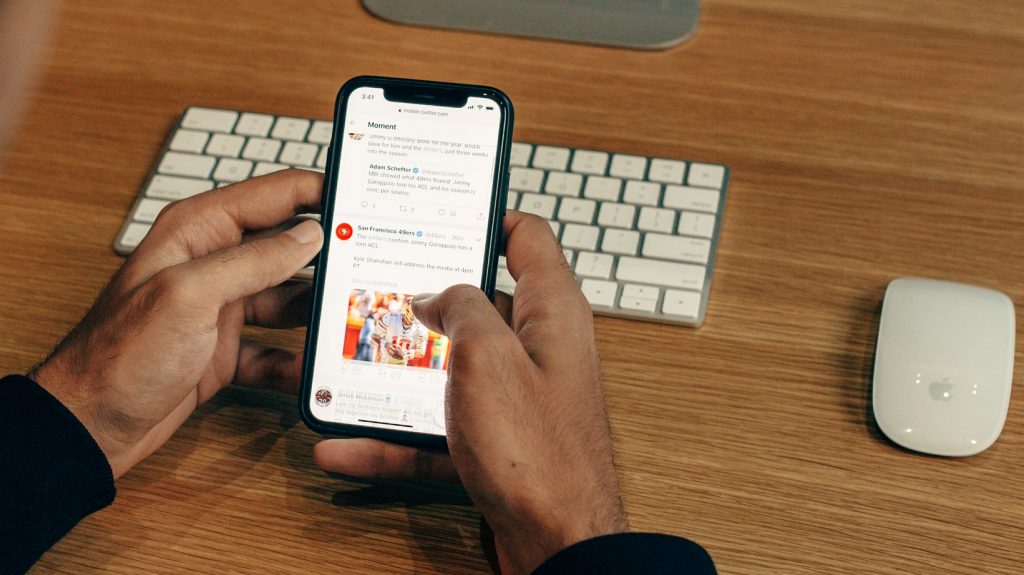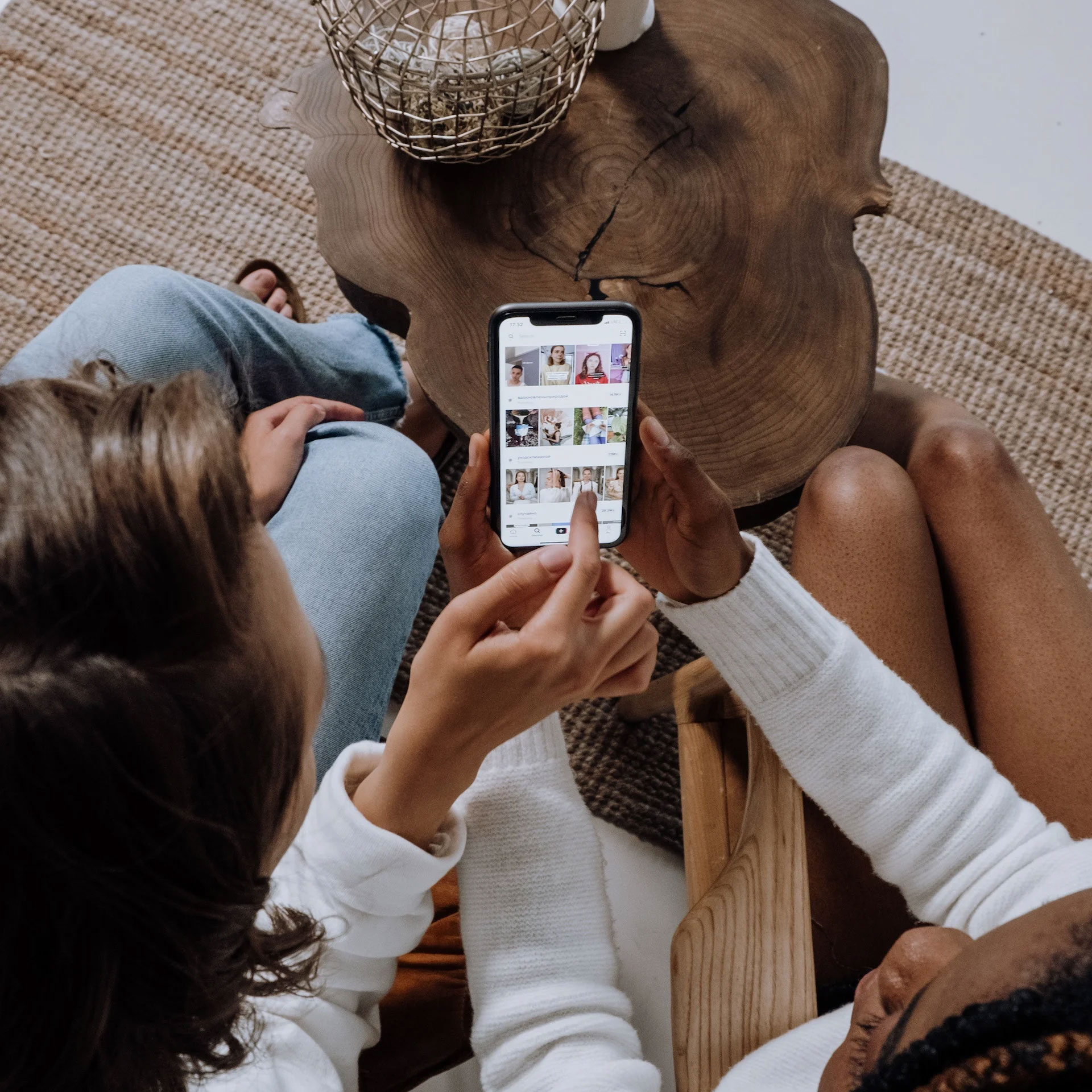Top 9 Features of a User-Friendly App
Despite the sheer amount of apps in the marketplace, it’s a bit shocking to discover just how many apps still lack the basic elements of good design....

Push notifications are a valuable tool for engaging users and keeping them coming back to your app. They’re an ideal way to stay top-of-mind with your users and drive usage of your app. Most users are happy to receive relevant push notifications because that means they don’t have to actively search for the information when a notification is sent directly to their device. Let’s see how these notifications can help you as an app developer.
A push notification is an alert sent directly to users of a mobile app on their device. Apps that use push notifications are able to send timely alerts to users, regardless of whether or not those users are actively engaging with the app at a particular moment.
There are many different uses for push notifications, including:

It’s important to note that push notifications are not the same as in-app messaging. While in-app messaging is a form of communication within the app itself, push notifications occur when the app is hidden and the device receives an alert from the app’s server.
However, these two services can exist in the same app—and do most of the time.
Push notifications are an extremely useful tool and an important part of communicating with customers. They can enhance your brand’s community and overall communication when used correctly. However, push notifications are often used poorly or without a good game plan and unfortunately get a bad rap.
Although push notifications are often associated with negative experiences (i.e. “spam“), only a few app developers actually misuse the feature. If done correctly, push notifications can be extremely valuable for users and for your app’s growth. Push notifications provide a better user experience, increasing your retention rate.
Push notifications are also useful for increasing user re-engagement when they are both timely and relevant. Suppose a user has opted in to receive push notifications from your app. In that case, they will receive them even if they don’t have the app open, which can help users complete tasks they forgot to complete on your app, along with many more actions that improve their experience with your app and your business.
As an app developer, you can utilize push notifications in many different ways. However, there are three main categories of push notifications:
Alert notifications bring attention to something important. You may send an alert notification if a product is on clearance or if there’s a drastic change in weather.
Promotional notifications are used primarily for sales. You would generally send a promotional notification when you have a special discount on a product or service—or to promote the release of a brand new product.
Engagement notifications are great for re-engaging regular users. You can send an engagement notification to remind users to complete tasks in your app, offer them a reward, pique their interest to log back on, or thank them for their continued use.
If you’re interested in growing your app’s user base, push notifications are an ideal way to do so. The key is making your push notifications engaging and a positive experience. The more you pack them with value, the more users will look forward to receiving them.
Push notifications help grow your user base by maintaining connections with users and increasing the amount of investment they have in the app. An effective push notification strategy can increase retention and turn occasional users into avid fans that promote your app to others. The truth is, the more invested someone is in your brand, the more they will suggest it to their circle—ultimately increasing your audience.
Check out how to use emotional design to make a great app.

It’s important to remember that notifications are an interruption to your users’ day, so try to keep them short, sweet, and to the point. To get the most out of push notifications, use them at the right time and for the right reasons. In addition, make sure you’re sending the correct type of notification to the right segment of your audience.
Push notifications are a great way to drive engagement, which is why many app developers use them in their apps today. Before you start sending out push notifications, there are a few things that you need to know. Here are a few push notification best practices to keep in mind:
This one’s pretty simple—you should always get permission at least once before sending the first notification, which prevents your users from feeling annoyed or violated by your brand.
When sending push notifications, consider your users’ interests and behavior. Push notifications relevant to topics or actions your users care about most will be better received and have a higher conversion rate. You can use the data from your user database or behavioral analytics tool to measure these metrics.
Learn more: The Most Important Mobile App KPIs to Measure
There’s an art to how frequently you should send push notifications. Over-engaging your audience could cause an aversion to your product. And on the contrary, if your users never hear from you, they may just move on to a different app altogether. There are marketing professionals who can help your company with a strategic plan for how to engage your users, and utilizing these experts can greatly pay off through happy customers who stick around.
The same marketing professionals can help you as you consider a schedule for sending push notifications out. This ensures that alerts are only sent at milestones you have carefully considered for your audience.
To put it simply—you don’t want to send irrelevant notifications to your users. So, you should only use push notifications for special, timely, and beneficial content for your visitors. As long as the notification topic is relevant to the visitors of your app, you won’t need to worry about them potentially disengaging with it.
Keep these tips in mind and you’ll be well on your way to using push notifications like a pro! If you want to harness the power of effective push notifications, you can get help from an expert on the subject. That way, you and your users don’t have to miss out.
You might also like:
Subscribe to our newsletter.

Despite the sheer amount of apps in the marketplace, it’s a bit shocking to discover just how many apps still lack the basic elements of good design....

No one loves an app that’s cumbersome to use. Usability is a prerequisite for creating a successful app-based business. But how do you know if...

According to the Pew Research Center, more than 85% of people in the U.S. have smartphones, while the numbers for the rest of the world are also...